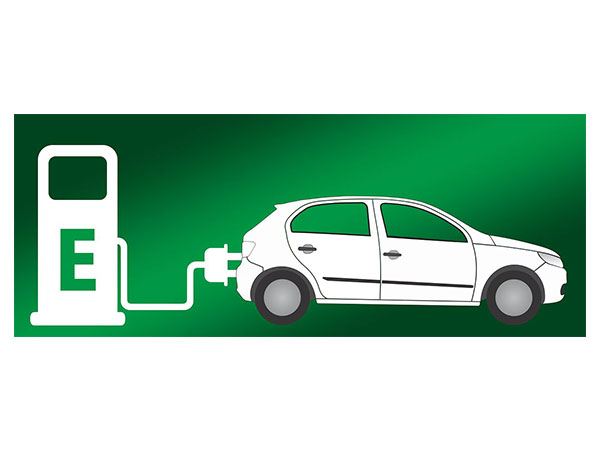New Delhi [India], September 29 (ANI): Government subsidies and declining battery prices are making electric vehicles (EVs) more accessible even though they still have higher upfront costs than conventional internal combustion engine (ICE) vehicles, Axis Securities said in an analysis.
“EVs have higher upfront costs than ICE vehicles but are becoming more affordable with subsidies and falling battery prices. Lower running costs over time make EVs more economical in the long run,” the report added.
According to the analysis, although the initial cost of an EV may be higher, over time, the lower operational costs (such as lower electricity prices and less maintenance expenditures) make them more cost-effective.
The report added that EVs are improving with better battery technology and reducing the gap anxiety.
Going further, it adds that ICE vehicles benefit from a mature fuel network but the EV charging stations are also expanding rapidly in the country, with growing government and private sector support.
Pointing out at the resale value the report adds that ICE vehicles have a stable resale market which is one of the biggest factor for its popularity in the market, but in the same line with the ICEs the EVs are also catching up as the battery technology is improving.
The improvements in the resale value will stabilise the EVs long term value in the market, as per the report.
Seperately, a report by report by Bernstein pointed out that the overall EV two-wheeler industry in India generates about USD 1.3 billion in annual revenues, but incurs an estimated EBIT loss of USD 300-400 million without incentives.
However, the additional benefits from GST helped narrow the price gap between electric and internal combustion engine (ICE) vehicles.
The report highlighted that in the current scenario EV industry remains heavily reliant on government incentives and subsidies.
To stay competitive, the EV industry needs sustained focus, large-scale operations, and significant cost reductions to break the traditional ICE market.
Going forward, the government is pushing the sector by giving subsidies.
The Union Cabinet earlier this month approved the proposal of the Ministry of Heavy Industries (MHI) for the implementation of the scheme titled ‘PM Electric Drive Revolution in Innovative Vehicle Enhancement (PM E-DRIVE) Scheme’ for promotion of electric mobility in the country.
The scheme has an outlay of Rs 10,900 crore over a period of two years.(ANI)
Disclaimer: This story is auto-generated from a syndicated feed of ANI; only the image & headline may have been reworked by News Services Division of World News Network Inc Ltd and Palghar News and Pune News and World News
HINDI, MARATHI, GUJARATI, TAMIL, TELUGU, BENGALI, KANNADA, ORIYA, PUNJABI, URDU, MALAYALAM
For more details and packages











